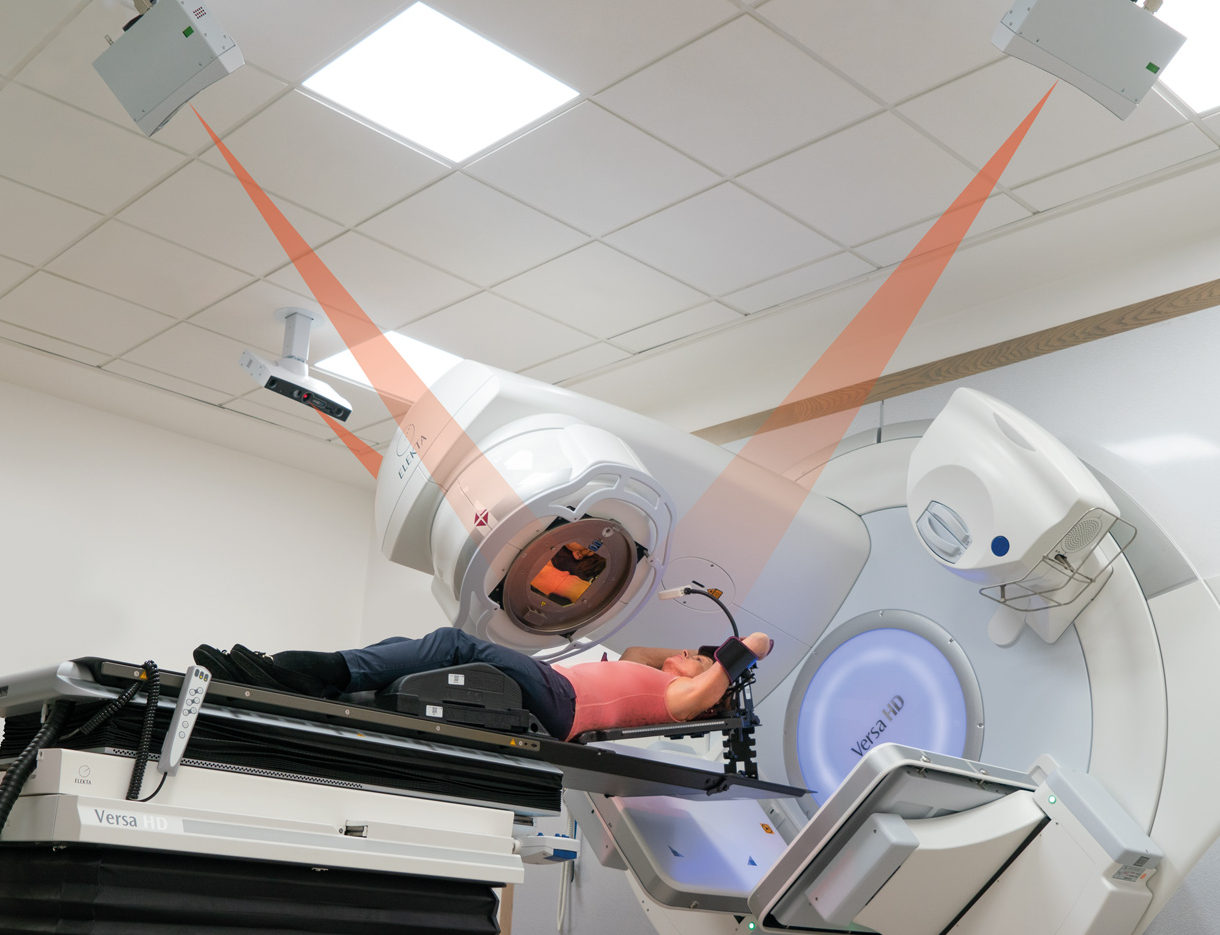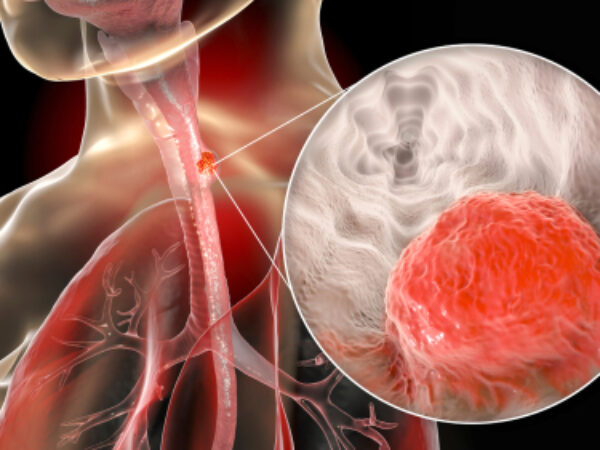Breast cancer is the second most common cancer in women, accounting for about a third of women’s cancer diagnoses. Since 1982, the radiation oncology specialists at MRO have treated over 100,000 cancer patients. Every year, MRO treats over 1,200 breast cancer patients at their 11 radiation therapy centers in the Greater Twin Cities, Western Wisconsin and Brainerd Lakes Area.
Fast Fact
MN Department of Health tracks over 3,900 new breast cancer cases each year.
Your fight is our specialty
A breast cancer diagnosis is frightening, but when treated, the long-term survival rate is high. The radiation oncologists and care teams at MRO use carefully targeted and regulated doses of high-energy radiation to kill cancer cells. Unlike healthy cells, cancer cells are more susceptible to the effects of radiation therapy. We coordinate the most appropriate treatment plan for each patient and work closely with a patient’s oncologist, surgeon and other care professionals.
Radiation therapy provides an extra measure of assurance
Radiation therapy is commonly used for breast cancer treatment – during or after surgery – to target any cancer cells that may remain around the surgical site and reduce the risk that the cancer will come back. Radiation treatment can also be used to shrink tumors for breast cancer that has spread to other parts of the body (metastasized) causing pain or other symptoms.
Fighting left-breast cancer while protecting the heart
 Radiation is a powerful treatment for breast cancer in women and men, but in order to protect your heart when being treated for left-breast cancer, your MRO care team uses state-of-the-art technology to deliver radiation beams with targeted precision from outside your body to the breast using a linear accelerator machine (LINAC) equipped with AlignRT®, three-dimensional video-based tracking system, which ensures precise targeting of cancer cells right down to the millimeter and minimizes the radiation dose to the heart. This extra measure of precision ensures optimal positioning because the heart is very close to the left breast.
Radiation is a powerful treatment for breast cancer in women and men, but in order to protect your heart when being treated for left-breast cancer, your MRO care team uses state-of-the-art technology to deliver radiation beams with targeted precision from outside your body to the breast using a linear accelerator machine (LINAC) equipped with AlignRT®, three-dimensional video-based tracking system, which ensures precise targeting of cancer cells right down to the millimeter and minimizes the radiation dose to the heart. This extra measure of precision ensures optimal positioning because the heart is very close to the left breast.
You have a whole team on your side
Before your treatments, you’ll meet with your MRO radiation oncology care team and go through a radiation therapy mapping session to target the precise location of your treatment plan, called a simulation.
To simulate the course of your plan, you’ll have a CT scan to pinpoint the treatment area. Your radiation therapist may mark your body with ink or with tiny tattoo dots to guide the radiation therapist in administering the radiation. After completing multiple quality assurance checks by your radiation oncologist, dosimetrist, and radiation physicist, your treatment can begin.
The radiation therapy itself is painless. Typically, treatment is scheduled once a day, Monday through Friday, for four to six weeks. After treatment, be sure to follow the self-care steps that are recommended to help manage your side effects.
What are the potential side effects of radiation?
Life after radiation therapy
After radiation treatments, most women have questions. “Can I go back to work?” “Will I have the energy to keep up with my kids?” “Can I go to the gym?” “What should I eat?”
The truth is, there aren’t any hard and fast answers. You may be tired one day, and more energetic the next. Although resting is important, it’s generally good to try and stay active. Above all, take good care of yourself.


